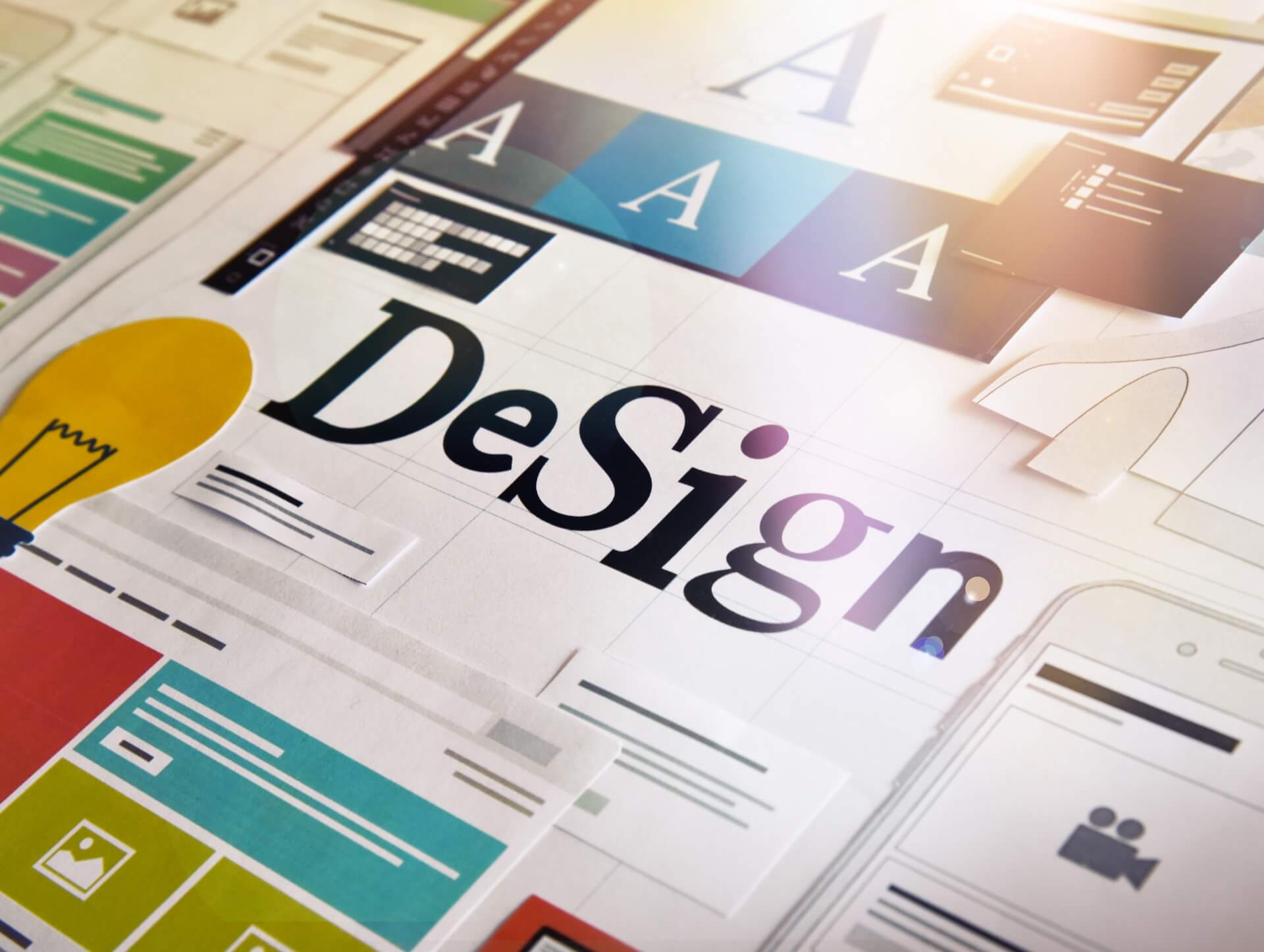The influence of design culture on collaborative design processes

06/09/2023
In today's digital age, design plays a crucial role in shaping brand identity and conveying a company's message to its audience. Collaborative design processes leverage the creative expertise of designers and clients to create visual solutions that align with the brand's goals and values. However, the success of these collaborative efforts is heavily influenced by the design culture within an organization and its impact on the design process.
Design Culture and Brand Identity
Design culture refers to the shared values, beliefs, and attitudes towards design within an organization. It encompasses the way design is perceived, prioritized, and integrated into the overall business strategy. A strong design culture fosters brand consistency and ensures that every design decision aligns with the brand's visual identity and message.
When design culture is ingrained in an organization, the design process becomes more than just creating aesthetically pleasing visuals. It becomes a strategic tool that helps build and reinforce the brand's identity. Designers work closely with stakeholders to understand the brand's values, target audience, and market positioning. They then translate this information into visual elements that effectively communicate the brand's message and differentiate it from competitors.
Collaborative design processes thrive in organizations with a design culture that values brand identity. Designers have the opportunity to contribute their expertise and creativity, while clients actively participate in shaping the visual representation of their brand. This collaboration allows for a more holistic approach to design, resulting in a visual identity that truly reflects the brand's essence.
Creative Collaboration and Ongoing Support
Design culture also influences the level of creative collaboration and ongoing support within a design partnership. In organizations with a strong design culture, collaboration is encouraged and valued. Clients are seen as active participants in the design process, providing valuable insights and feedback that shape the final outcome.
Ongoing support is another crucial aspect of collaborative design processes. Design culture determines how design services are provided and the level of support clients receive after the initial design phase. Organizations with a strong design culture offer tailored design retainers and monthly design services, ensuring that clients have access to a dedicated designer for ongoing design needs.
These retainer packages provide clients with the peace of mind that their design needs will be consistently met and their brand will be maintained with professional design expertise. Designers become an extension of the client's team, offering unlimited revisions, design maintenance, and dedicated designer access. This ongoing relationship fosters trust and allows for continuous refinement and improvement of the brand's visual identity.
Design Expertise and Creative Consultation
Design culture also influences the level of design expertise and creative consultation available to clients. In organizations with a strong design culture, designers are seen as valuable partners who bring their expertise and creative insights to the table.
Clients benefit from design consultation services that go beyond the creation of custom designs. Designers provide strategic guidance and advice, helping clients make informed design decisions that align with their brand goals. They offer tailored visual identity solutions that consider the brand's target audience, market positioning, and long-term objectives.
By leveraging the design expertise partnership, clients can tap into the creative potential of designers and gain a fresh perspective on their brand. This collaboration ensures that design decisions are not made in isolation but are informed by a deep understanding of the brand's identity and market context.
The Impact of Design Culture
The influence of design culture on collaborative design processes cannot be underestimated. It sets the foundation for successful design partnerships and ensures that the design process is aligned with the brand's identity and goals.
Organizations with a strong design culture benefit from ongoing creative support, tailored design solutions, and access to design expertise. This enables them to maintain brand consistency, respond to market changes, and effectively communicate their message to their audience.
On the other hand, organizations with a weak or non-existent design culture may struggle to achieve brand consistency and may miss out on opportunities to leverage design as a strategic tool. Without a culture that values design and promotes collaboration, the design process may become fragmented, resulting in inconsistent visual branding and missed opportunities for creativity and innovation.
Conclusion
The influence of design culture on collaborative design processes is significant. A strong design culture fosters brand identity, encourages creative collaboration, and ensures ongoing support and access to design expertise. It allows organizations to leverage design as a strategic tool, maintain brand consistency, and effectively communicate their message to their audience.
Organizations that prioritize design culture and invest in collaborative design processes are better positioned to create visual solutions that resonate with their audience and differentiate them from competitors. By embracing design culture, businesses can unlock the full potential of design and harness its power to drive brand success.
Contact us

Spanning 8 cities worldwide and with partners in 100 more, we’re your local yet global agency.
Fancy a coffee, virtual or physical? It’s on us – let’s connect!

